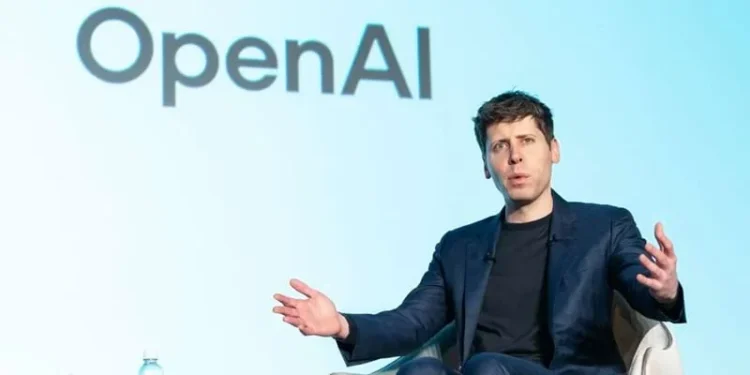OpenAI has officially launched Sora 2, the upgraded version of its AI video generation model, alongside the debut of the Sora app. The announcement, led by CEO Sam Altman, positions Sora 2 as both a technical leap in realism and a new social platform for AI-generated video.
The Leap to Sora 2
Sora 2 builds on the foundation of the original Sora model with improved fidelity, realism, and motion. The model emphasises natural physics, more coherent movement, and sharper visual quality. Sam Altman described it as a “tremendous research achievement” and the most fun he has had with a new product.
Key new capabilities include:
Cameo and self-insertion: Users can upload images of themselves or others (with consent) and appear directly in generated videos.
Improved realism: Videos showcase more accurate physics, lighting, and scene dynamics.
Short-form optimisation: Sora 2 focuses on 10-second clips, built for sharing in social formats.
These updates shift Sora from an experimental creative tool to a model that can produce personal, immersive, and collaborative content.
The Sora App
Alongside the model, OpenAI introduced the Sora app, a mobile platform that combines AI video generation with social features.
The app mirrors popular short-video platforms, with a vertical feed of AI-generated clips that users can scroll through, remix, and share. Notable features include:
Remix tools to adapt or build upon other users’ videos.
Identity controls, requiring explicit consent before likenesses are used.
Invite-only access in the U.S. and Canada at launch.
Content restrictions preventing explicit or harmful use of the model.
By pairing the model with a social ecosystem, OpenAI aims to make Sora a platform for creative collaboration and discovery.
Why It Matters
The launch of Sora 2 and the app signals several shifts in generative AI and digital media:
From research to consumer product: Sora is now positioned as a mainstream creative platform, not only a research experiment.
Creative democratisation: Video production becomes more accessible to everyday users, without the need for professional tools or budgets.
Identity at the centre: With cameo features and consent controls, personal participation becomes a core part of AI video creation.
Emerging regulation challenges: Questions around copyright, likeness rights, and deepfake misuse will define how widely the app can scale.
Competitive positioning: With Sora, OpenAI steps directly into the social media space, challenging platforms like TikTok and YouTube Shorts.
Challenges Ahead
Despite the excitement, OpenAI faces hurdles. The model’s reliance on short clips limits storytelling depth. Safeguards will be tested as users push the boundaries of likeness and identity. Global expansion remains uncertain, with regulatory questions around copyright and synthetic media looming.
Conclusion
The launch of Sora 2 and the Sora app marks a pivotal moment in AI video. By merging advanced generation capabilities with a social sharing platform, OpenAI is betting on a future where video is created and consumed in new, AI-driven ways. The move represents a reimagining of video creation as a social, collaborative experience.












